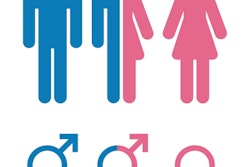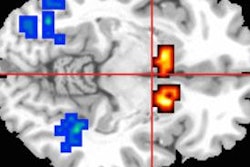The brain activity and structure of transgender adolescents more closely resemble the patterns typically found in the brains of their desired gender than their birth gender, according to research presented at the European Society of Endocrinology 2018 annual meeting in Barcelona, Spain.
Researchers from Belgium and the Netherlands performed MRI scans of the brains of transgender adolescents to assess activation patterns in response to androstadienone, a pheromone known to trigger gender-specific activity. They found that the brain activation pattern in transgender children was more like the pattern of boys and girls of their desired gender than the gender with which they were born. Furthermore, the brains of transgender girls demonstrated typical male activation patterns during visual and spatial memory exercises.
The group, led by Dr. Julie Bakker from the University of Liège in Belgium, plans to continue investigating the role of hormones during puberty on brain development to help guide and improve future diagnosis and potential therapy for transgender adolescents.



















